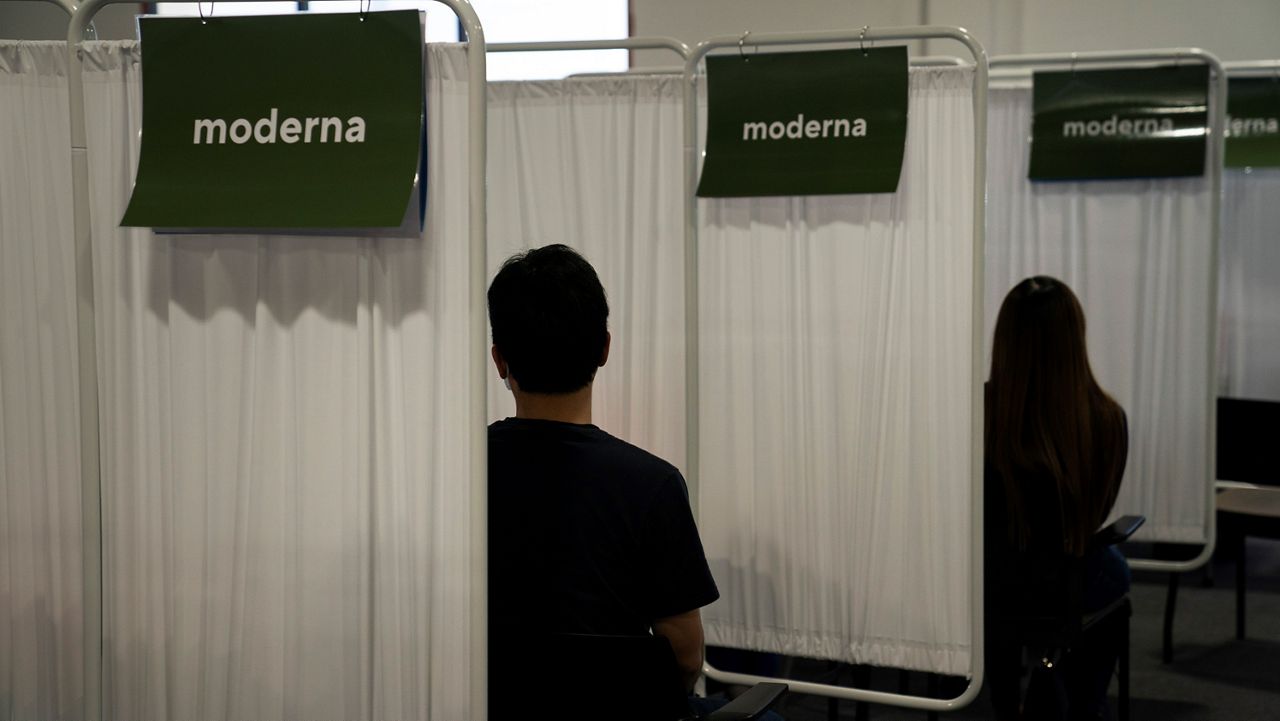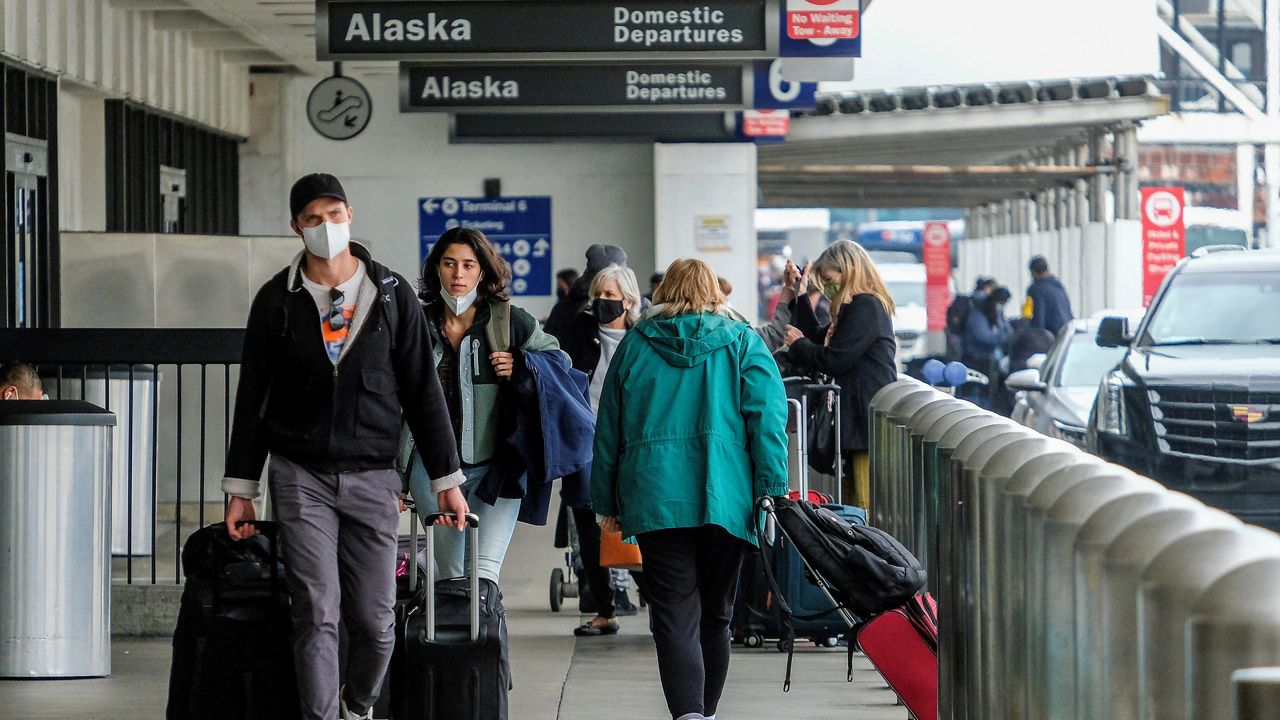SANTA ANA, Calif. (CNS) — Orange County's COVID-19 hospitalizations remained flat as six more fatalities were logged, with most dating back to earlier this year, according to data released Tuesday from the Orange County Health Care Agency.
What You Need To Know
- Hospitalizations in OC ticked down from 196 on Monday to 194 Tuesday, with the number of patients in intensive care decreasing from 66 to 63
- January 2021 remains the deadliest month of the pandemic with a death toll of 1,594, ahead of December 2020, the next deadliest at 985
- The county's deputy health officer added that testing of wastewater indicates the newer, more contagious omicron variant was likely circulating in California prior to Thanksgiving
- Hospital officials already "have to brace themselves for a very busy season," whether omicron overcomes delta or no
The county logged 199 new infections, raising the cumulative count to 317,752. The newly logged fatalities increase the overall death toll to 5,829.
Hospitalizations ticked down from 196 on Monday to 194 Tuesday, with the number of patients in intensive care decreasing from 66 to 63.
The county has 22% of its ICU beds available and 69% of its ventilators. Of those hospitalized, 87% are unvaccinated and 89% in ICU are unvaccinated.
Two of the fatalities logged Tuesday occurred in August, two happened in March and two date back to February.
The death toll for this month remained at 2, with 85 for November, 125 for October, 195 for September and 182 for August.
In contrast, the death toll before the more contagious delta variant- fueled summer surge was 31 in July, 19 for June, 26 for May, 46 for April, 202 for March and 619 for February.
January 2021 remains the deadliest month of the pandemic with a death toll of 1,594, ahead of December 2020, the next deadliest at 985.
The increasing case counts "indicates we're heading into a surge," Dr. Regina Chinsio-Kwong said Friday.
The county's deputy health officer added that testing of wastewater indicates the newer, more contagious omicron variant was likely circulating in California prior to Thanksgiving.
"Delta still remains the single most sequenced strain that is causing all of our hospitalizations," Chinsio-Kwong noted. "That should encourage more people to get vaccinated."
Hospital officials already "have to brace themselves for a very busy season," whether omicron overcomes delta or not.
"At a minimum we may see the same rise of hospitalizations we saw in August or September, which peaked at 592 patients Aug. 26. That's dwarfed by 2,259 patients on Jan. 7, just as vaccines were being rolled out for health care workers.
"We're hoping we can avert that, but it does require everyone to be more cautious and to wear a mask indoors," Chinsio-Kwong said. "Everybody needs to take their risk factors into account. We are strongly encouraging everyone who is eligible to get a booster vaccine."
The case rates per 100,000 residents increased from 5.8 the previous week to 7 as of Wednesday, Orange County CEO Frank Kim told City News Service on Wednesday. The test positivity rate increased from 2.6 to 3.4, he added.
"There's a bump we're seeing, and a corresponding bump in hospitalizations," since Thanksgiving, Kim said. "Hopefully, it doesn't get much worse than this and it is fairly mild."
Still, the pace of infections and hospitalizations are manageable, Kim added. "When I talk to the hospital systems they say it's manageable."
The case rate per 100,000 residents among the unvaccinated climbed from 14.4 on Nov. 27 to 24.2 as of Dec. 4, the latest figures available from the OCHCA. The case rate per 100,000 for vaccinated residents increased from 2.9 to 4.5 during the same time frame.










